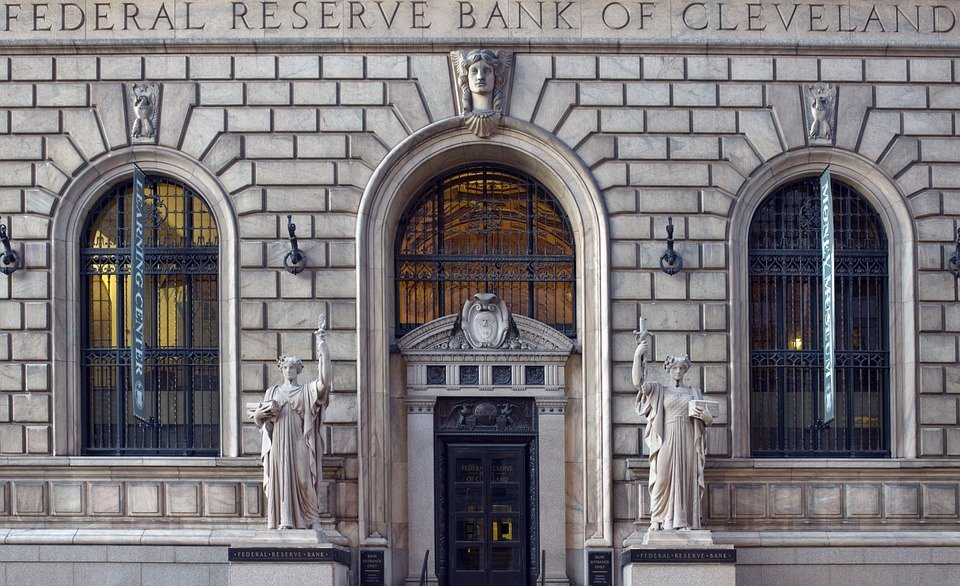Featured
Changes in the Fed’s monetary policy which lead to positive outcome
The Financial Crisis of 2007-2008 forced a change in policy procedures. The FOMC faced the deepest recession since the Great Depression and a liquidity crisis throughout the globe.

Normal monetary policy
The procedures by which the Federal Open Market Committee (FOMC), the Fed’s monetary policy-making body, implemented monetary policy, before the Financial Crisis, were close to ideal. Policy, in the absence of an emergency, was set on a quarterly basis. The FOMC depended on a single policy instrument, the Fed Funds rate (an overnight rate paid on funds banks trade with each other). Easily implemented. Easily explained. Transparent.
Policy response to the Financial Crisis: two new instruments
The Financial Crisis of 2007-2008 forced a change in policy procedures. The FOMC faced the deepest recession since the Great Depression and a liquidity crisis throughout the globe.
This enormous economic problem was compounded by the shocking intransigence of a politically motivated Congress, eliminating the possibility of fiscal policy expansion. Thwarting the President was, disastrously, more important to the Republican Congress than preventing the Nation’s second largest recession. At the time, Congress clothed itself in the garb of austerity and fiscal responsibility.
Thus, left by Congress to its own devises, and through good fortune – a new Fed Chairman, Ben Bernanke, the leading expert on monetary-financial crisis policy-setting – the Fed made a series of decisions that, in retrospect, enabled the United States to outperform other global economies.
The Fed’s two key procedural modifications: quantitative easing and forward guidance. A second and a third policy instrument.
Quantitative easing, the Fed’s purchase of low-risk, new classes of assets, forced cash reserves into the banking system. This, in turn, required a change in the policy rate from the Fed funds rate to another – the rate the Fed now pays banks for holding these large amounts of excess reserves.
When the new policy rate reached zero, the Fed realized that corporate borrowing was still being limited by concern that the policy rate would once again increase. In response to this new problem, Bernanke’s Fed then instituted forward guidance – promising that the policy rate would remain at zero for an extended period.
The new administration leads to fiscal policy expansion: return to normal monetary policy
The rest of the globe was left to wait for the United States to make its post-election transition from monetary policy expansion to fiscal policy expansion. The Eurozone took austerity even more seriously than Congress. Dominated by German fiscal conservatism, the countries of the Eurozone are committed to low deficits, despite economic crises. This, and the adverse effect on trade of the strong dollar, forced the Eurozone to adopt a policy of negative interest rates as well a one of quantitative easing of their own.
But following the election of a Republican, the noble Congressional austerity has been instantly dropped. Congress is now willing to support fiscal expansion. Thus, US monetary policy is free to return to normality.
This enables the Fed’s policy procedures to return to normal. However, the human animal, singly or in a committee, finds it easier to assume greater power than to relinquish it.
The new administration loves a deal. Here is the President-elect’s opportunity. The current Fed Chair, Janet Yellen; and the current President of the New York Federal Reserve bank, William Dudley; have terms that expire one year after Trump assumes office. In exchange for their reappointment, the new President should ask them to limit themselves to a single instrument, mop up the excess reserves created by quantitative easing, and drop forward guidance.
A return to normal procedures, and a single policy instrument; with their simplicity and transparency, would meet the public’s right to know, while preserving policy continuity during the change in administrations.
—
DISCLAIMER: This article expresses my own ideas and opinions. Any information I have shared are from sources that I believe to be reliable and accurate. I did not receive any financial compensation in writing this post, nor do I own any shares in any company I’ve mentioned. I encourage any reader to do their own diligent research first before making any investment decisions.

-

 Cannabis6 days ago
Cannabis6 days agoLuxembourg’s Cannabis Paradox: Legal at Home, Restricted Everywhere Else
-

 Markets2 weeks ago
Markets2 weeks agoRice Market Update: Prices Dip Amid Weak Exports and Global Pressure
-

 Crowdfunding3 days ago
Crowdfunding3 days agoCommunity Energies 2026: Funding Projects Combating Youth Loneliness
-

 Impact Investing1 week ago
Impact Investing1 week agoEU Expands Leadership in Sustainable Finance with Record Green Bond Impact


























You must be logged in to post a comment Login